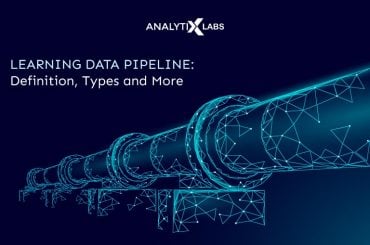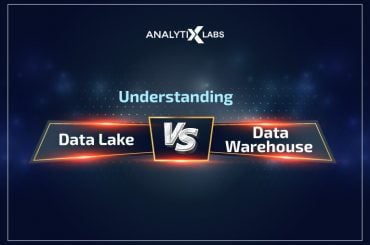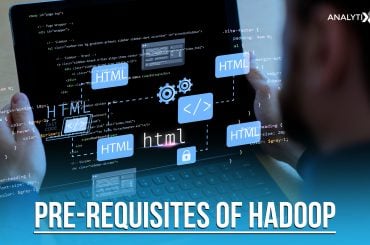There is an epic shift happening in the HR industry. Talent management is getting replaced by the concept of People Management. Although talent scarcity is still an issue to ponder upon, engagement and empowerment have radically grown to become a point of concern.
For over a decade, talent management strategies consumed all the efforts of the human resource departments. Carving a path from ‘pre-hire’ to ‘retire’, HR industry has simultaneously paved the way for various software. Today, HR software are valued at $10+ billion.
Previously, hiring talents was the focus. Today, it is more about recruiting the right talent and retaining them for long term growth. Research show that companies spend majority of their efforts in finding a talent befitting for their business culture. Hence, academic qualifications are now clubbed with various other factors to understand if a talent will fit in a particular company’s culture or system.
The advent of Analytics in HR
HR department no more belongs to a fuddy-duddy. Data geeks are getting in because HR department needs analytics.
Due to the shift of focus to people management, HR department is strategically using data. How? Data is helping in people decisions.
Long back companies tried to build HR data warehouse. The idea was to monitor details like a total number of headcounts, time to hire, understand the retention rate and also get rid of inaccurate people data.
The 90s saw the rise of vendors like Oracle and NCR/Teradata to support this notion. However, they did not have a great sales record since companies at that time did not have the financial bandwidth or IT support to build a data warehouse. However, many businesses did adopt the services and experienced great benefits.
Only five years back, we got to read Moneyball. This kind of changed how we looked at data and soon ‘big data’ became the talk of the town. Big data tools like Hadoop, R, etc. started getting prominence in marketing, advertising and finances. The large chunks of data opened up a vista of opportunities for companies like Facebook, Google and LinkedIn whose main focal point was to acquire and analyse DATA.
The fact that data was available synced quickly but what raised the bar was the need for analytical tools. Without proper analytics, it was impossible to use the data. Soon, ‘Data Science’ as a term and notion became the norm. These were the people who were skilled to analyse the information data brought with it. They were hands-on with big data tools, statistics, and data modeling!
Even at this point, HR department maintained its distance. The concentration was still on improving the reporting systems for HR departments. That predictive analytics could change the face of HR forever, was yet to sync.
In 2011, suddenly predictive analysis in HR started making sense. It was more about understanding people before hiring them. The momentum had slowly begun to pick up when the term “people Analytics” made way into the industry. We started knowing about the ‘haves’ and ‘have-nots’ in the HR world.
Human Resources, although not deemed to be a very exciting sector, accounts for more than $4 trillion spent on payroll across the globe. With huge data set, amazing analytical tools and expert data scientist, Human Resource sector was geared up for a new era.
The Real Catalyst
Analytics didn’t just drop into the HR sector uninvited. It was there since a long, long time. The evolution began in the 1800s with Frederick Taylor. If you are looking for more history, this article titled The Datafication of HR will enlighten you in ways more than one. Probably it failed to stir the world because there were no computers at that time.
Is Analytics going to be a challenge?
Honestly, HR people are just starting to get the hang of analytics. The challenge is not in absorbing or adopting the concept. It lies more in shifting the focus. As mentioned earlier in this article, the focus of HR departments is undergoing a renaissance. They were all about measurements and figures and number crunching. Today, it is upon the HR people to hire the right talent, keep the employees happy, ensure productivity and consequently drive more revenue.
Keeping people happy does not happen by number crunching. It requires the HR people to understand the employees, their needs and demands. A recent report on Talent Analytics titled High-Impact Talent Analytics showed
A small set of companies (less than 5% of the market) are already ahead of the curve. These companies took into consideration people-related data in a very strategic way. Thus, they ended up making far better decisions on whom to hire, whom to promote, how much to pay people, and so much more.
The Present Scenario: Analytics-Driven HR
People Analytics department, otherwise known as HR, is now open to mathematicians, statisticians and engineers. They are involved in bringing together all the employee data, cleaning them up and analysing them for better insights. They have the ability to understand the problems and also provide an analytical solution to it.
These people are not just handling the HR part, rather analytics in HR is driving businesses strategically. Here is how big data and analytics can empower human resources:
Talent acquisition, growth and retention, and overall performance can be evaluated by using advanced analytical platforms, cloud-based services and various visualisation tools.
Forecasting can help HR organisations/departments to take accurate decisions.
When decision-making become accurate, the success of a business is inevitable. HR people work hard to increase the effectiveness of an organisation. Data and analytics will not just increase productivity but will also optimise the ways HRs handle company and employee details.








2 Comments
I read the entire blog and it will be useful for those who were in the regarding field. Please reply me that whether it is possible to shift from being a software engineer (technical roles) to a HR Consultant or to roles that involve more of Human to Human connect.
Hi you are providing good information.Thanks for sharing.